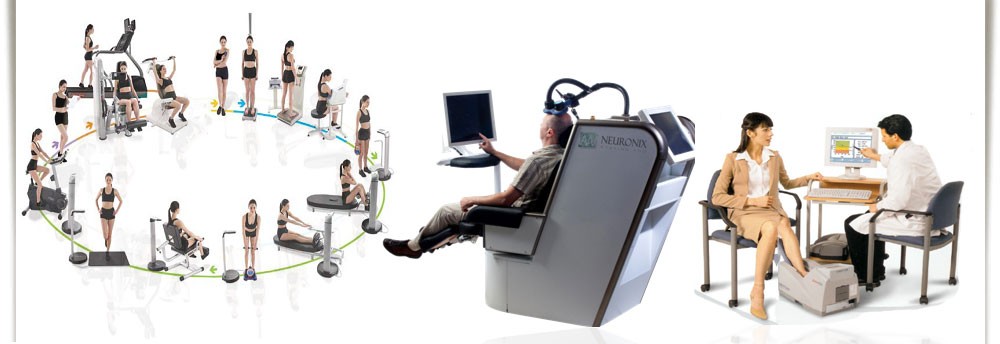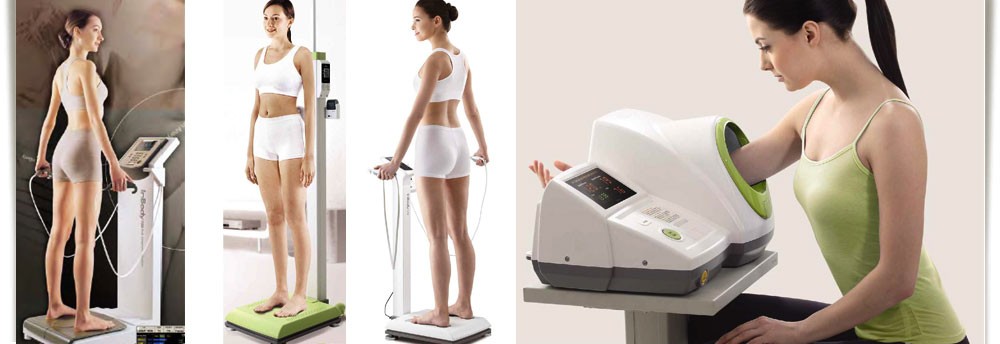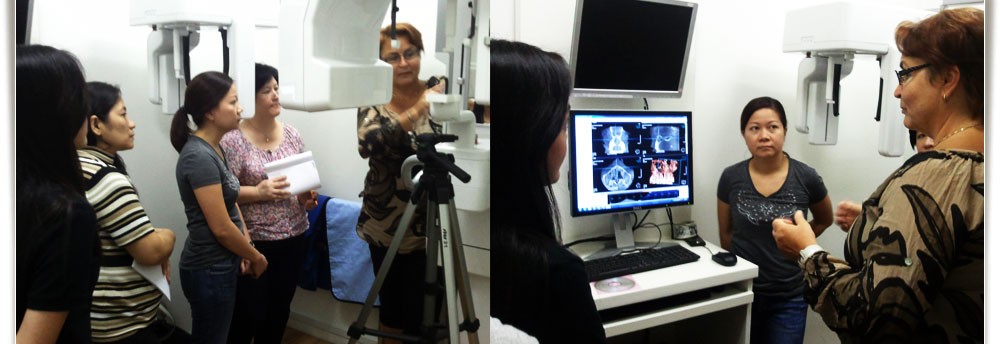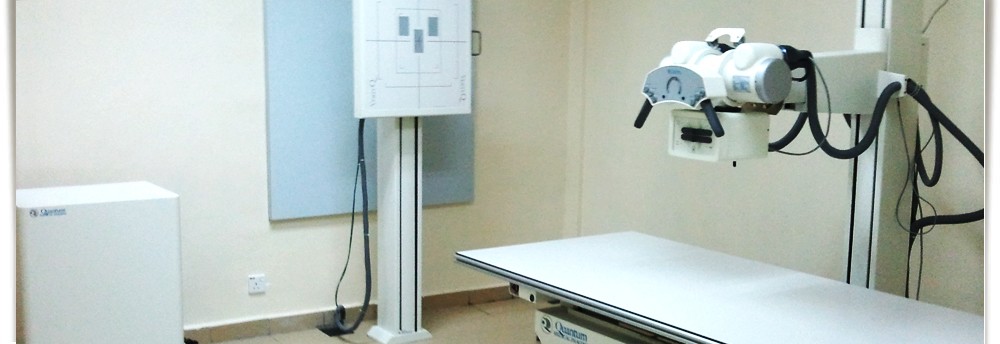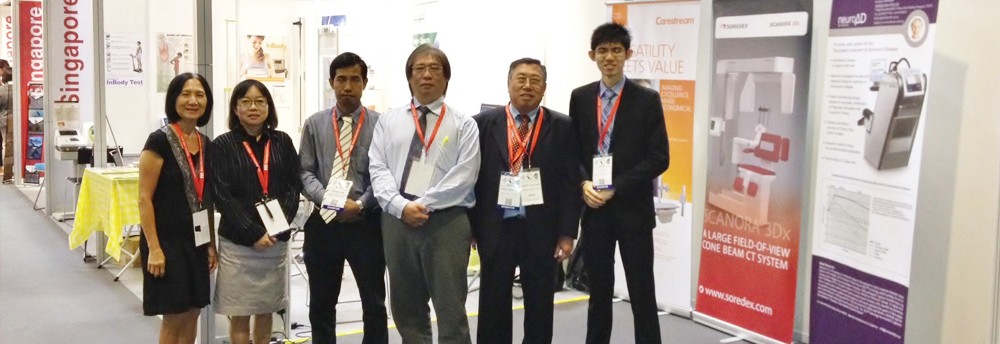Static Converter Valves and Uncontrolled Converter Circuits
Static converter valves make up the central components of power electronics. These include diodes, thyristors and triacs as well as turn-off converter valves.
Here, the typical properties of diodes, thyristors and triacs are investigatd, for example: characteristics, conducting and blocking capacity, triggering conditions, suppressor circuits and limiting values.Using diodes it is then possible to assemble and investigate all of the uncontrolled rectifier circuits connected to single and three-phase mains supplies.
Fundamental measurement techniques are developed and characteristic quantities such as mean and rms values, form factors and ripple are introduced.

Selenium Rectifier 25V/10A
- Input AC voltage: max. 25 V
- Constant current: max. 10 A

Diode 1000 V/10 A
Fast-acting silicon rectifier diode with RCD suppressor circuit, which can be switched off, for the assembly of uncontrolled rectifier circuits or use as a free-wheeling diode. Periodic repetitive peak reverse voltage
- (URRM): max. 1000 V
- On state current (IF RMS): max. 10 A
- (6 each required)

Thyristor 1000 V/12 A
Thyristor with high blocking capacity and RCD suppressor circuit, which can be switched off, for the assembly of line-commutated rectifier and inverted circuits.
- Gate suppressor circuit.
- Periodic repetitive peak reverse voltage
- (URRM): max. 1000 V
- On state current (IF RMS): max. 12 A

Triac 800 V/8 A
Triac with high RC suppressor circuit for the assembly of AC controllers, phase controllers and pulse group controls.
- Gate suppressor circuit.
- Periodic repetitive peak reverse voltage
- (URRM): max. 800 V
- On state current (IF RMS): max. 8 A

Fuse threefold Super-fast
Neozed fuses, super-fast for protection of semiconductor valves. The following are contained in the scope of delivary:
- 3 fuses 10 A, as well as 3 fuses 6 A (2 each required)

Load, Power Electronics
Resistive, inductive and capacitive load for all single-phase and three-phase circuits in power electronics.
- 3 resistors 100 Ohm, 1 A with fuse T 1.25 A
- 1 resistor 1000 Ohm, 220 mA
- 2 inductors 50 mH, 2.5 A with tap at 12.5 mH
- 3 capacitors 4/8/16 µF, 450 V AC

Reference Variable Generator
For the reproduction of a setpoint value, with linear division of the reference potentiometer. Output: 0… + 10 V can be reconnected to -10 … +10 V using bridging plug. Output can be switched over to an external reference voltage U REF0 with the toggle switch or to 0 V using a bridging plug.
Supply voltage: +/- 15 V DC

Control Unit Two Pulse
Trigger pulse generator in line-commutated, single-phase rectifier and inverter circuits as well as in AC controllers. Single pulse or pulse train operation possible. Phase shift can be set for various natural commutating points: 0°, 30°
Inputs/ outputs:
- 2 x 2 electrically solated pulse outputs
- Pulse inhibit input
- Synchronizing voltage: 1 … 4000 V AC
- Input control voltage: 0 … 10 V DC for gate control angle 180° … 0°
- Supply voltage: +/- 15 V DC
